Samsung Galaxy Z Fold 7 48-hours in: finally, a flagship camera foldable
Slimmed down style isn’t the only highlight of Samsung’s new Z Fold 7 foldable, with its 200MP camera packing flagship spec and capturing quality results
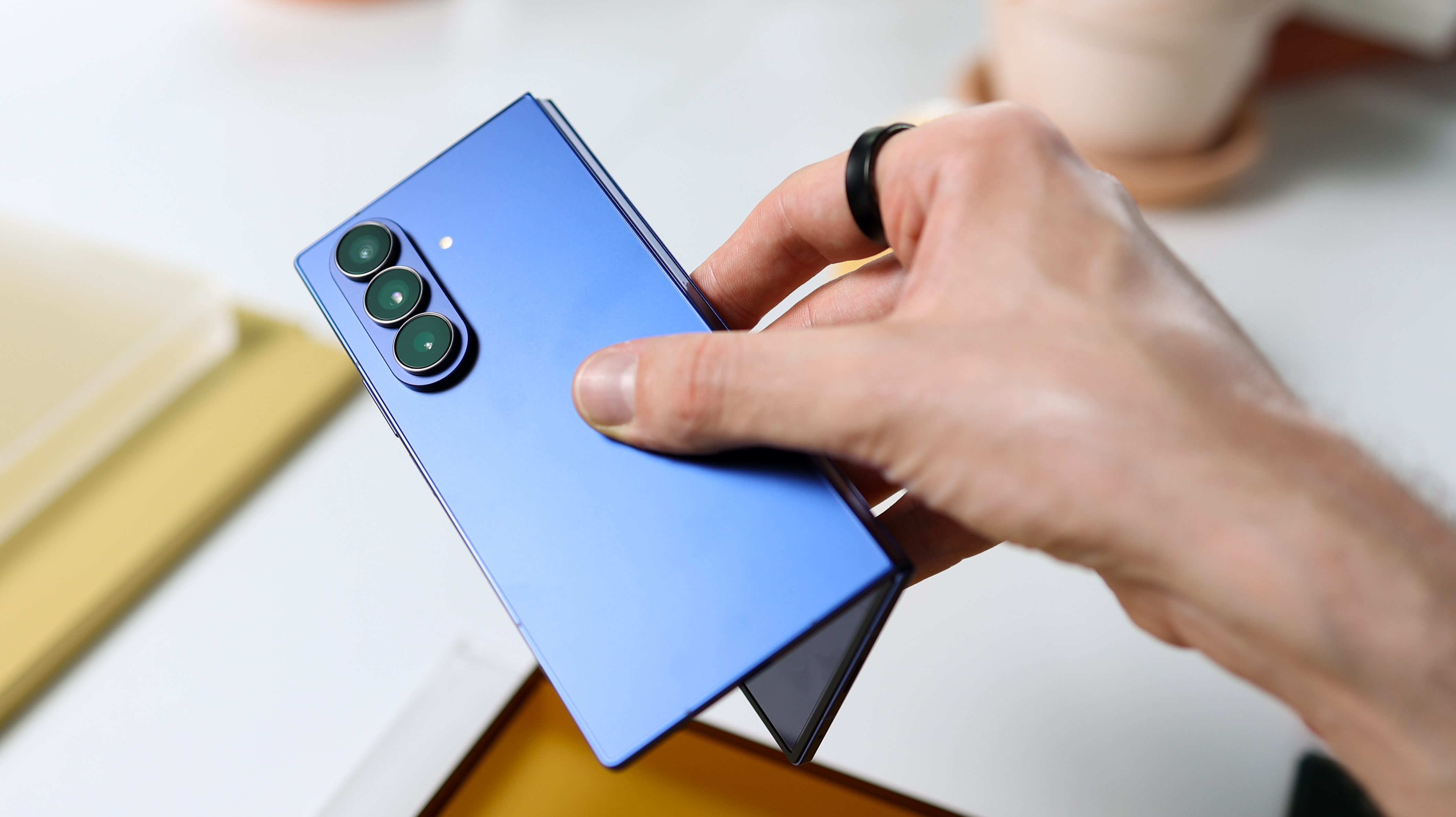
It's been two full days since I got the Galaxy Z Fold 7 to review, and one thing is clear: this phone marks a turning point for Samsung's foldables. After years of iterating, it makes some tough choices, ditching the S Pen and Samsung's traditional smaller, narrower book-style form factor. It seems like Samsung is (finally) responding to competition coming out of China, and has arguably made its most impressive phone to date. But this rethinking isn’t just in relation to the phone’s thinness; its camera has also been overhauled.
As the main choice for US and Western customers, Samsung had the luxury of setting the foldable tone with its Z Fold series. While phones launching abroad like Honor Magic V3 and Vivo X Fold 3 Pro had skinny profiles, periscope cameras, and super-smart multi-tasking software, Samsung and Google were launching objectively less impressive foldables.
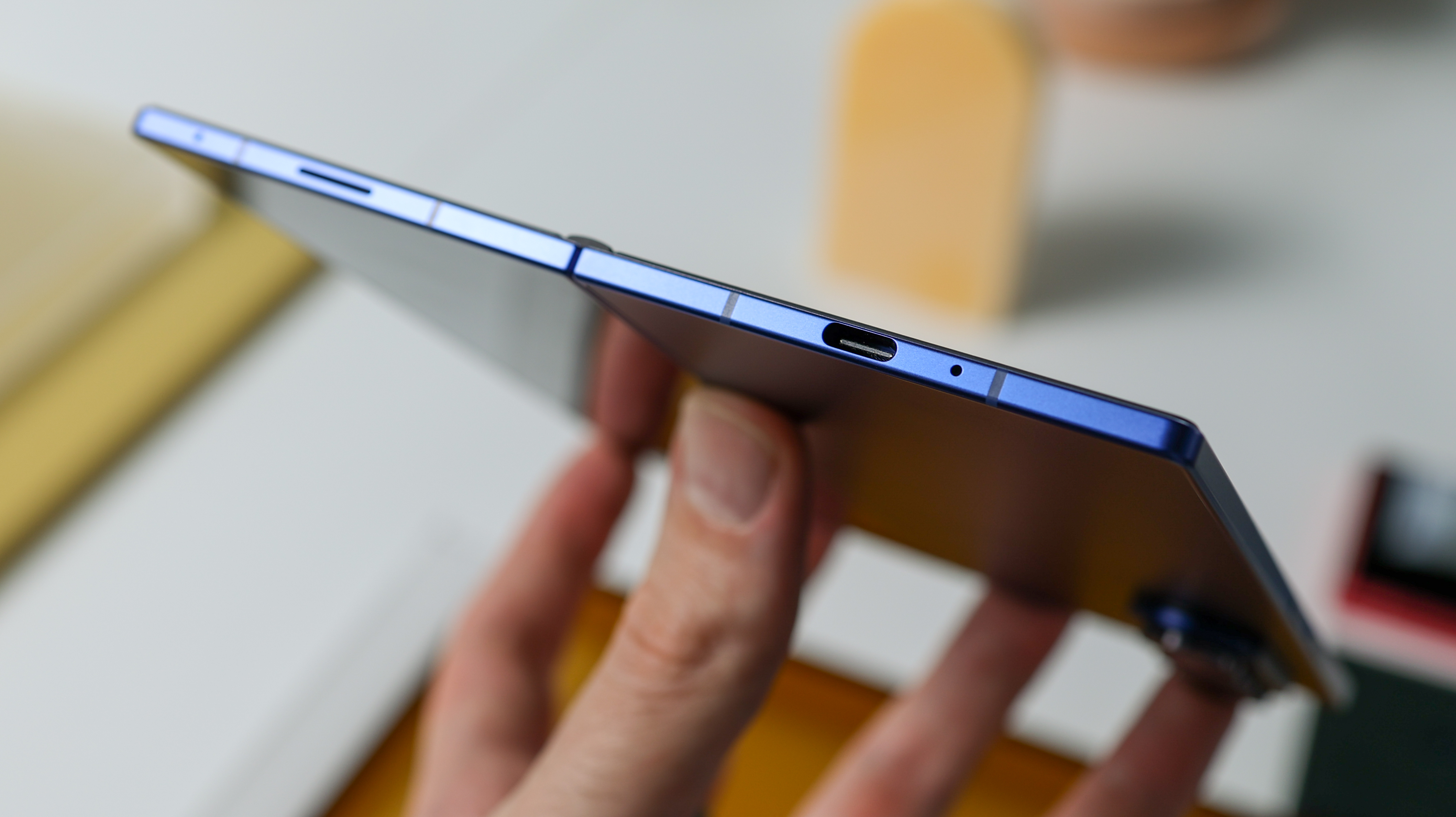
But the Z Fold 7 is much thinner and lighter than the Z Fold 6 despite having a bigger screen, and it feels much more relevant at launch. It’s powerful with the latest internals from Qualcomm, is the first foldable with a 200MP camera which has a large 1/1.3-inch sensor, and as expected, it’s eye-wateringly expensive. Starting at £1,799 / $1,999 for 256GB storage, it climbs up to £2,099 / $2,419 for the 1TB option.
Having used the Galaxy Z Fold 7 in New York, taken it on a long-haul flight and had some time with it back in the UK, I’ve put its camera through its paces in new and familiar scenarios and can confidently say this is the first Z Fold camera that gives serious photographers and videographers a truly competitive shooting experience. And while it leaves its main competition, the Google Pixel 9 Pro Fold in the dust, the real question is: how does it stack up to more innovative alternatives like the Oppo Find N5 and upcoming Honor Magic V5 and Vivo X Fold 5?
Slimmed down and spruced up
Lighter than the Galaxy S25 Ultra – Samsung’s non-folding flagship – it’s hard not to be impressed by the 215g Samsung Galaxy Z Fold 7, which weighs an impressive 24g less than last year’s Z Fold 6. At 8.9mm thin when closed, it’s the same thickness as the new Nothing Phone (3), and 26 percent thinner than the Z Fold 6. When unfolded, the Z Fold 7 measures just 4.2mm. These numbers play a huge part in making the foldable feel like a traditional phone when closed.
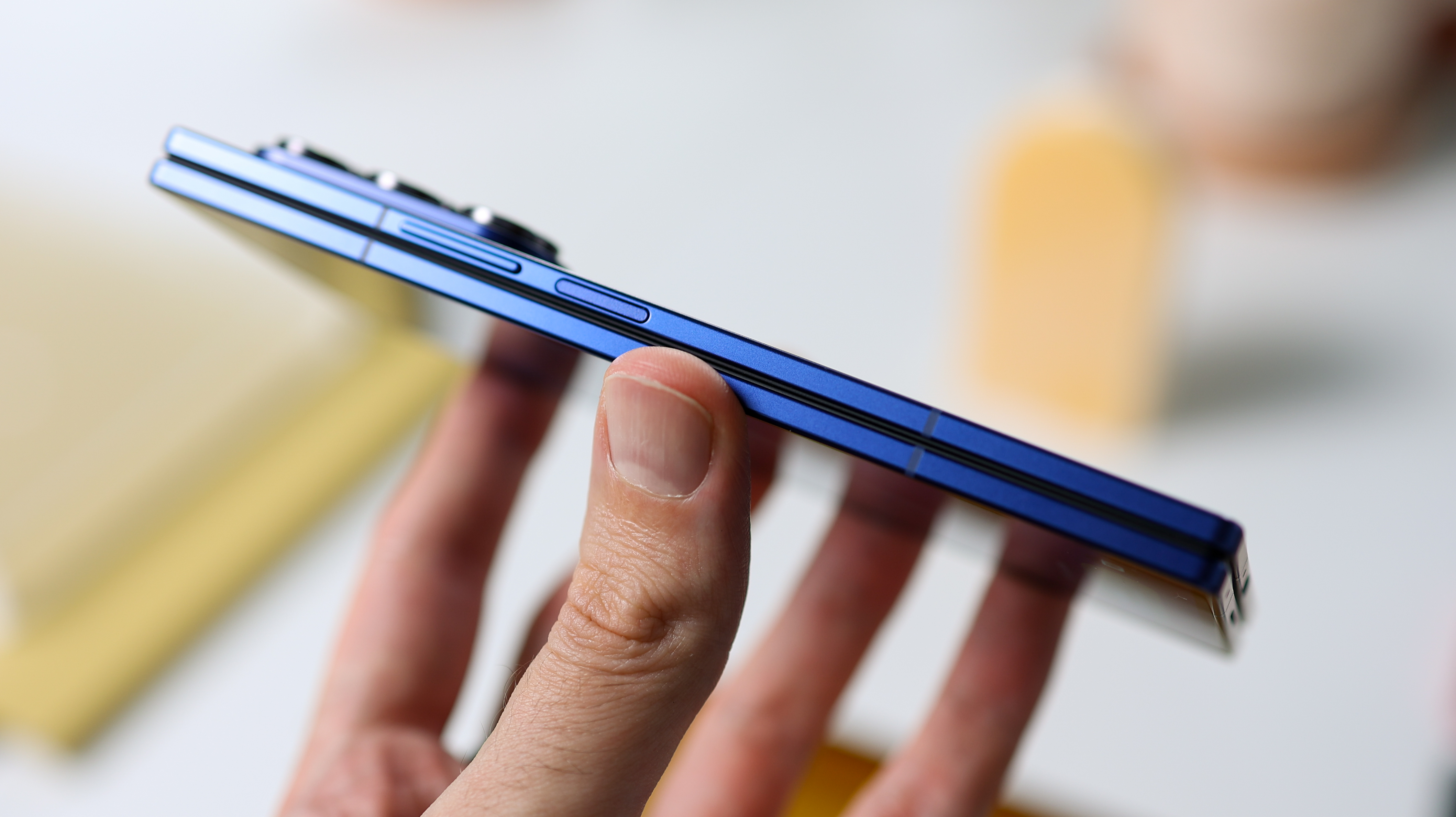
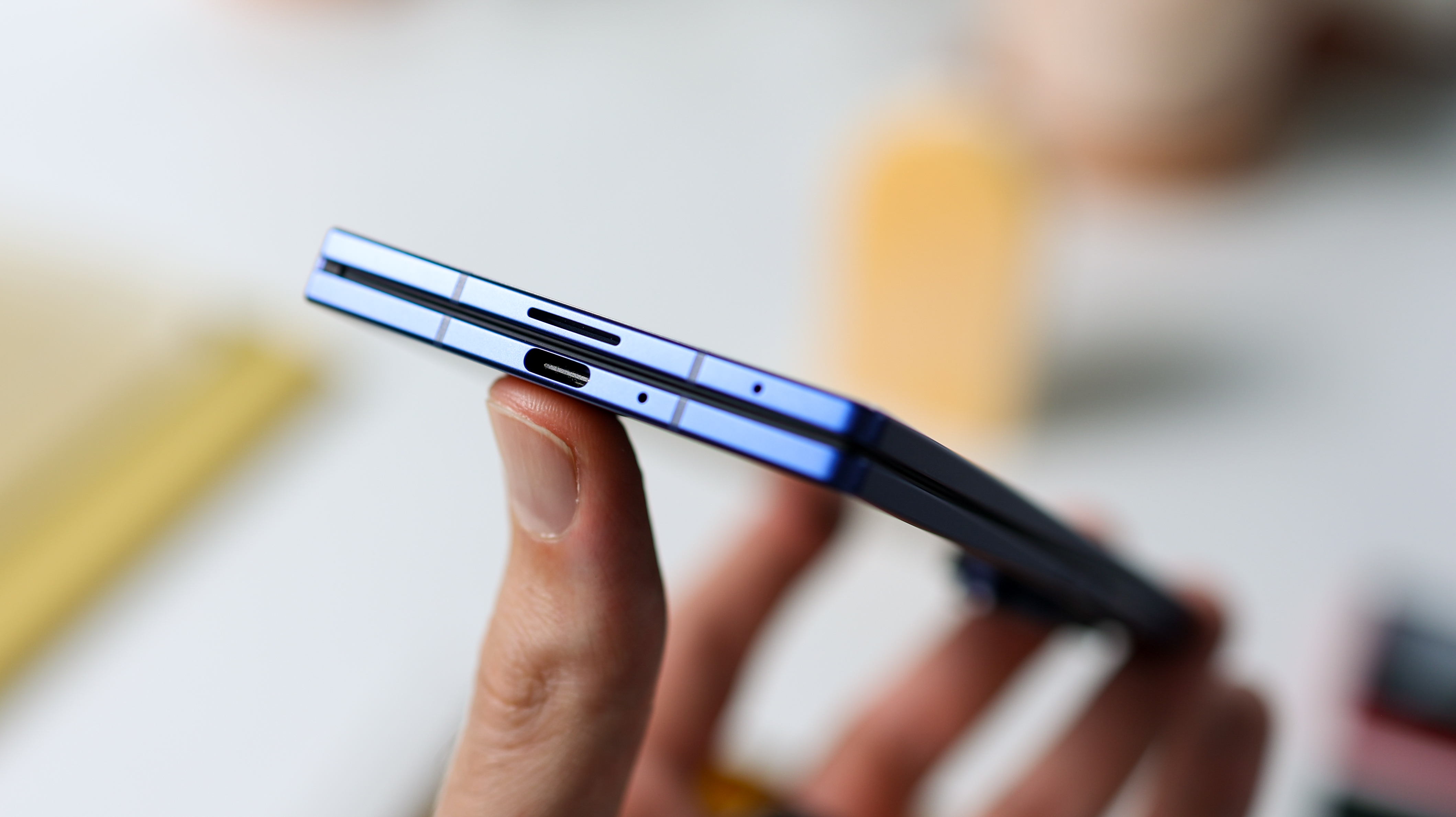
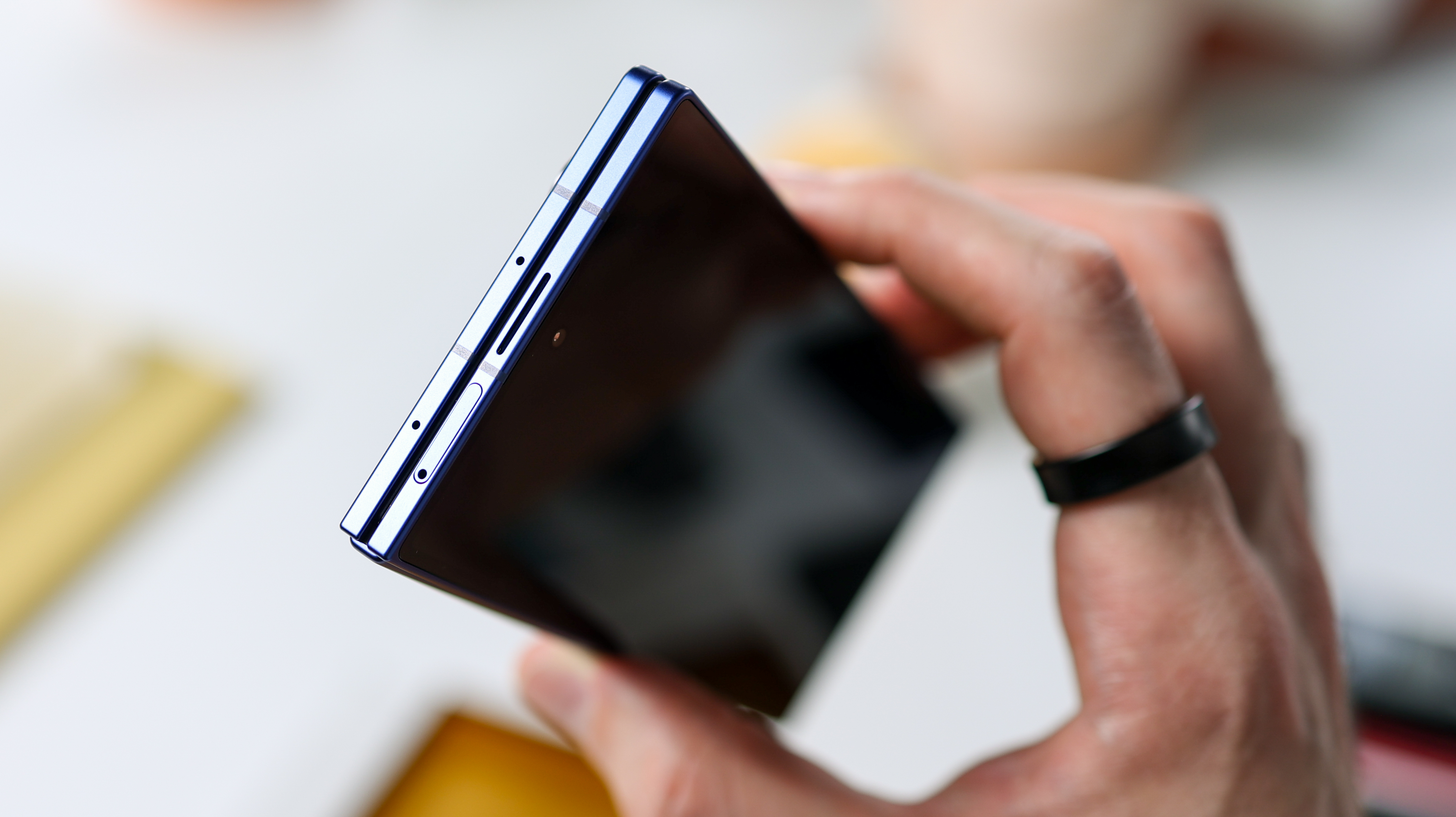
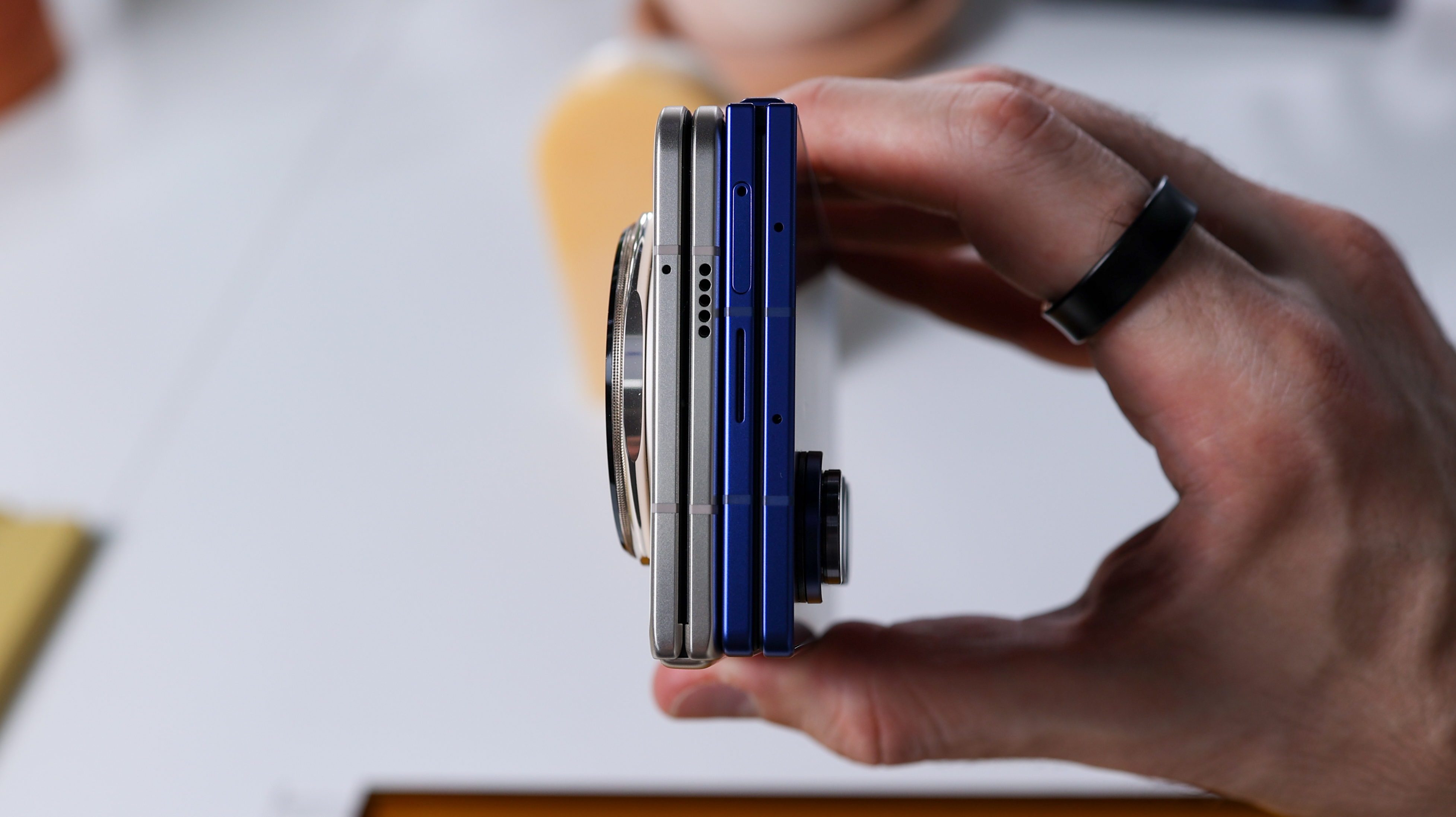
Despite a shrinking profile, Samsung’s managed to increase the cover screen size, making it 5mm wider than the Z Fold 6, and taking the cover screen size up to 6.5 inches, which should help improve the typing experience.
Samsung suggests its new thinner Z Fold is tougher than its predecessor with Corning Gorilla Glass Ceramic 2 on the front, Gorilla Glass Victus 2 around the back, and Samsung’s Armor Aluminum frame. The ultra-thin glass that protects the inner screen is 50% thicker, and the phone is IP58-rated for dust and water resistance. While my review device looks box fresh a couple of days in, Daniel, a creator from Zone if Tech built up a collection of micro scratches on the back of his phone, etched with his Galaxy Ring, suggesting the blue finish we were testing would benefit from a case.
The best camera deals, reviews, product advice, and unmissable photography news, direct to your inbox!
More screen, less crease
Unfolded, the Z Fold 7’s screen is an 8-inch, Dynamic AMOLED 2X display that’s 11 percent larger than that of the Z Fold 6, with a resolution of 2184 x 1968. Samsung’s ditched the Wacom digitizer, so the new Z Fold doesn’t support an S Pen. It’s sharp with 368 pixels per inch, and with its larger 8-inch size, big-screen tasks like split-screen multitasking are a much less cramped affair.
Samsung’s new display and hinge tech also mean the screen crease is significantly less noticeable. While the Galaxy Z Fold 6 had a serious dip in the middle, the Z Fold 7’s is almost invisible when the screen's fired up at most angles.
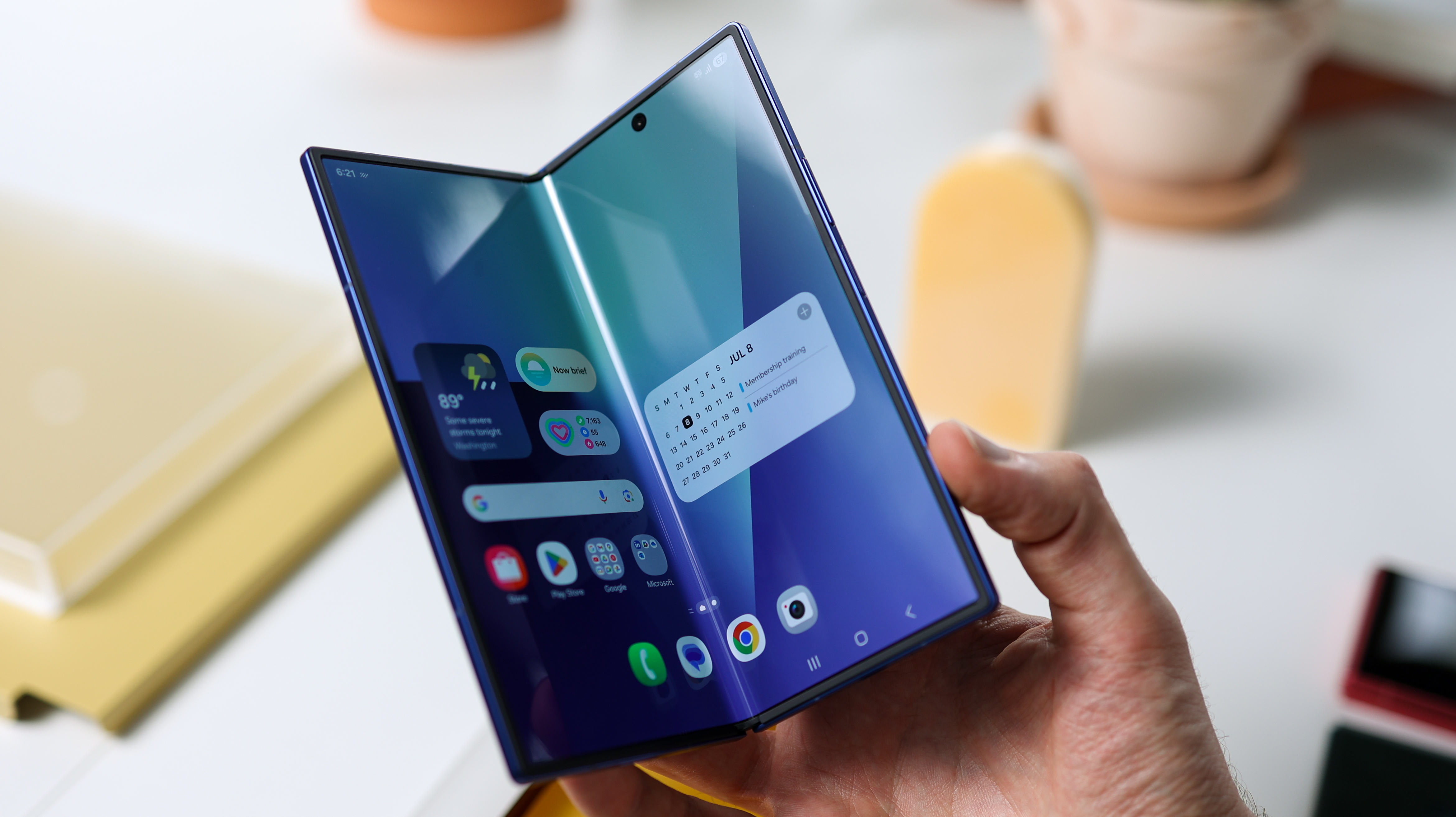
So while quality has been fantastic for the most part when using the Z Fold 7’s unfolded display, there’s one caveat: throttling. Now, we typically talk about throttling when it comes to CPU performance, however, when testing the Z Fold 7 on a hot day, the screen brightness was throttled to the point I struggled to make out what being displayed, even at max auto brightness with Extra Brightness mode enabled. Five minutes in a pocket and the display was back to full-beam – maxing out at a respectable 2600 nits – but for anyone in a particularly hot country, this is a notable consideration.
When closed, the Galaxy Z Fold 7’s 6.5-inch cover screen does a fantastic job of being a phone with its wider, easier to type on footprint. It’s also excellent for movies and good for gaming on, though performance throttling may hold the Z Fold 7 back from being a gaming powerhouse if you play more intensive 3D titles.
A meaningful camera upgrade
Past Galaxy Z Folds had smaller wide camera sensors than traditional flagships and weak secondary cameras, with ultra-wides that were missing autofocus and lowly 10MP telephoto cameras with tiny sensors that wouldn’t even be used unless lighting was perfect. This year, Samsung fixes two of those three foldable foibles with the Galaxy Z Fold 7’s 200MP main sensor and upgraded ultra-wide camera.
The 24mm 200MP wide camera has a Galaxy S25 Ultra-matching 1/1.3-inch sensor, and this is excellent for both product photography and vlogging when the phone's unfolded, using the cover screen as your live preview and shooting on the primary camera. The fast f/1.7 aperture lens creates natural depth separation and outclasses the foldable competition from Oppo and Honor.


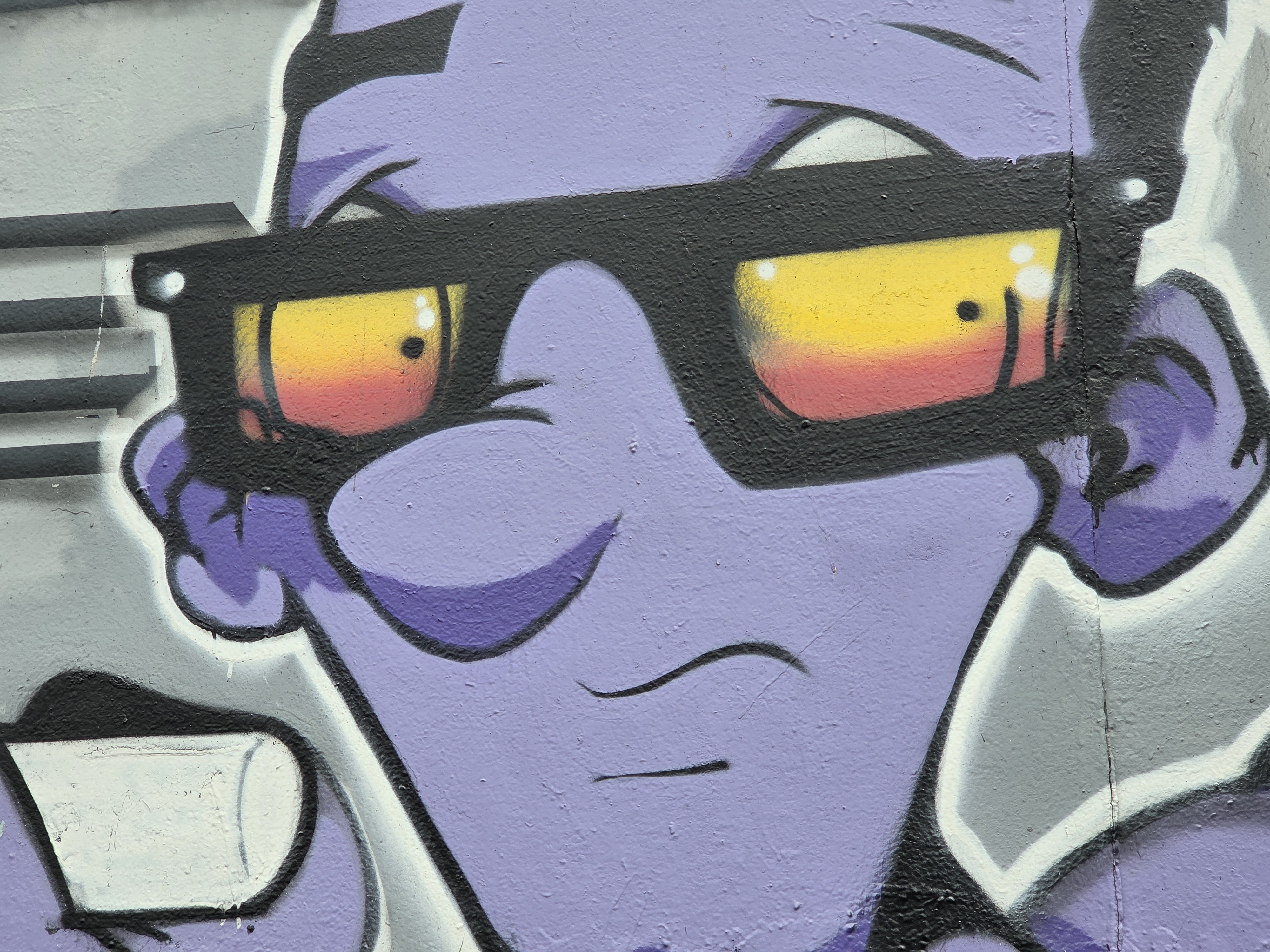
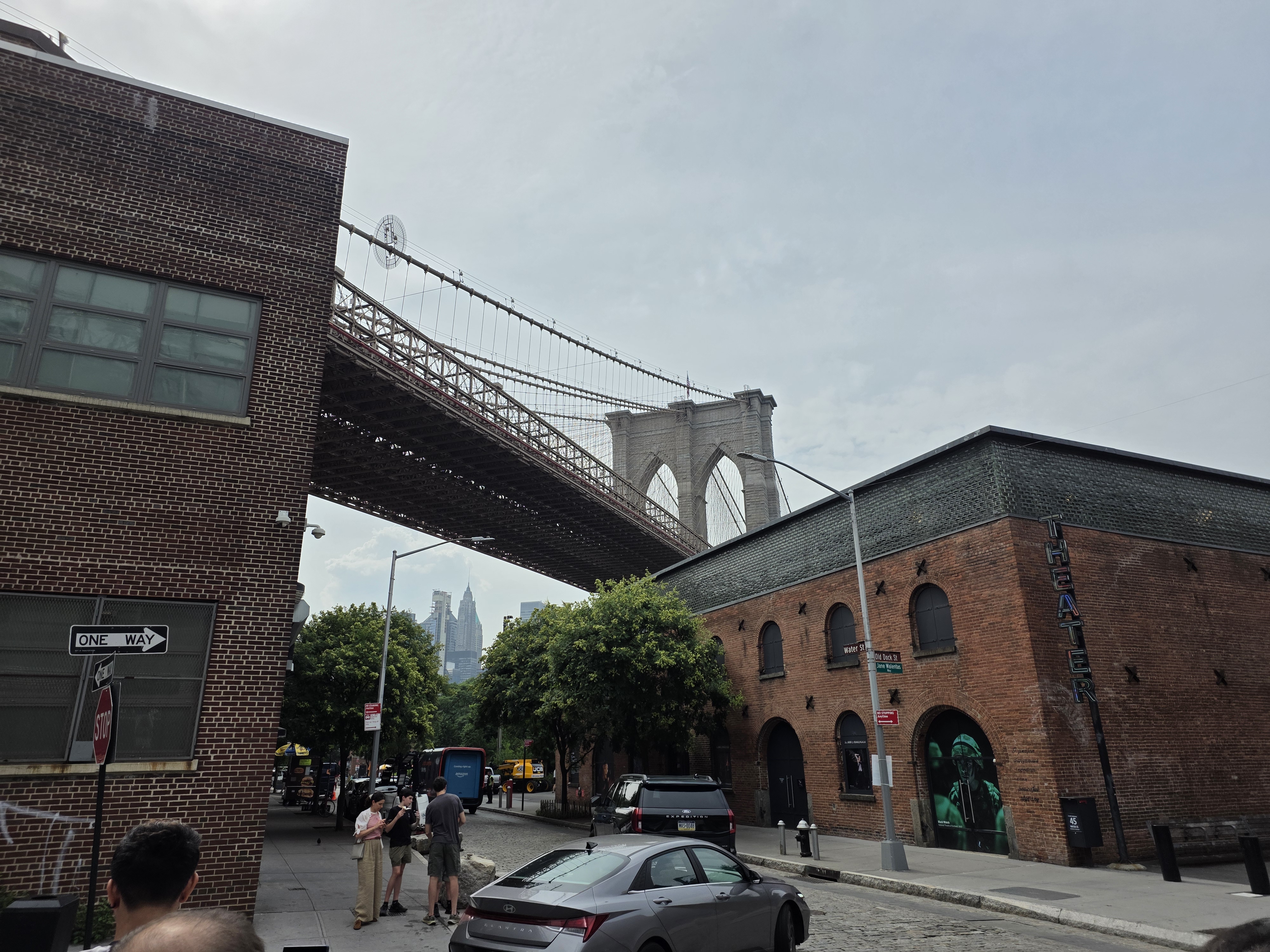
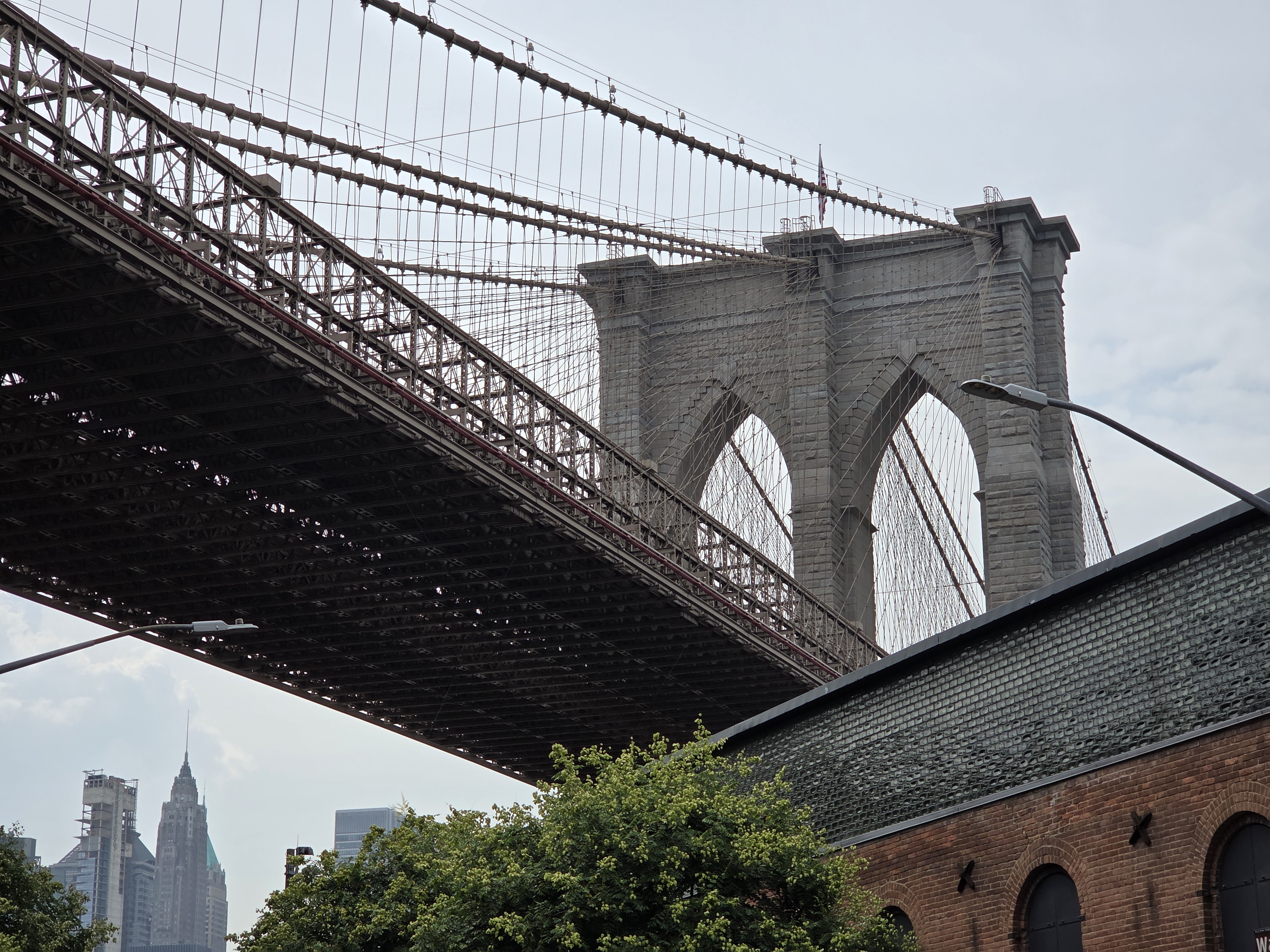
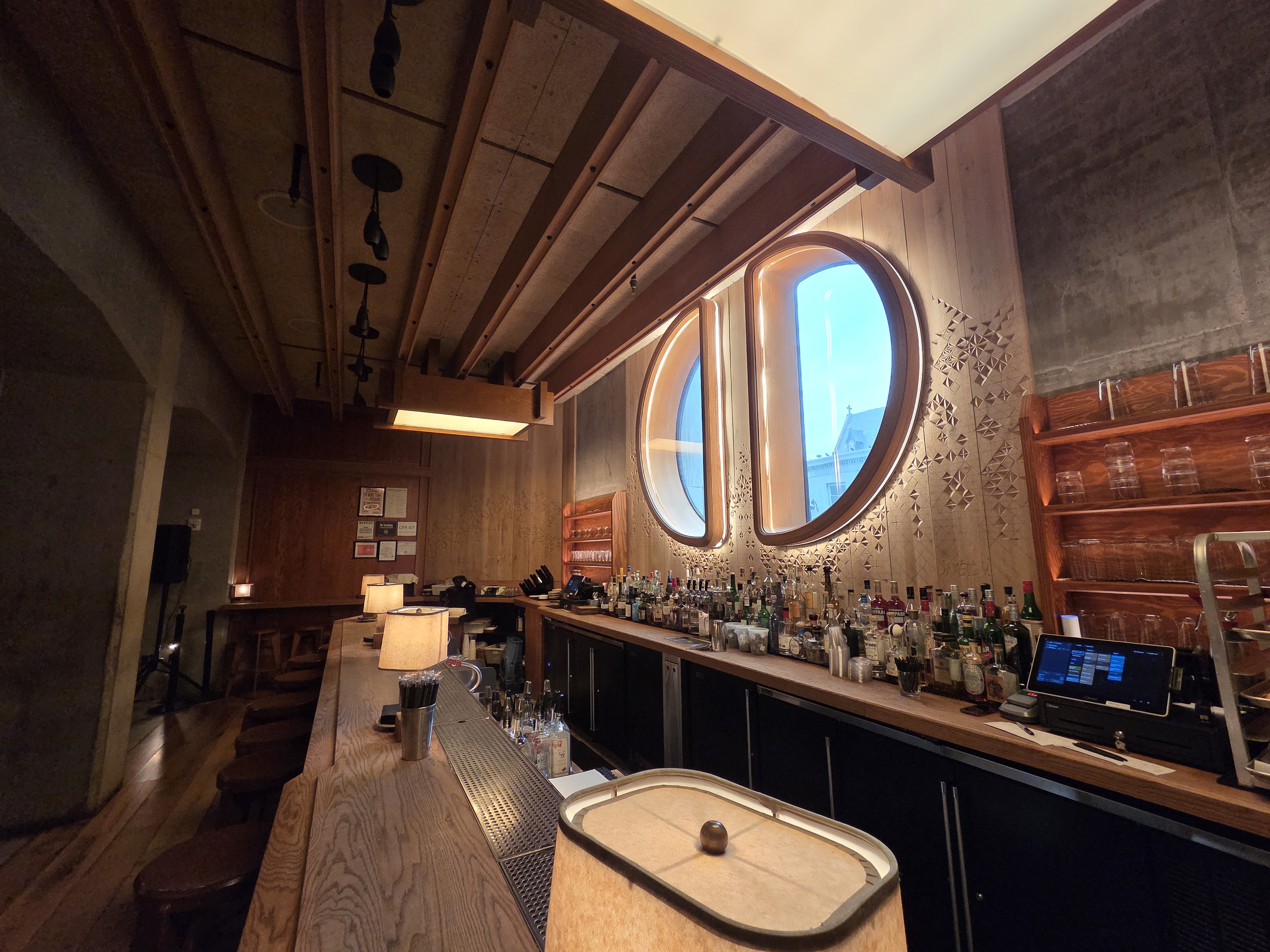
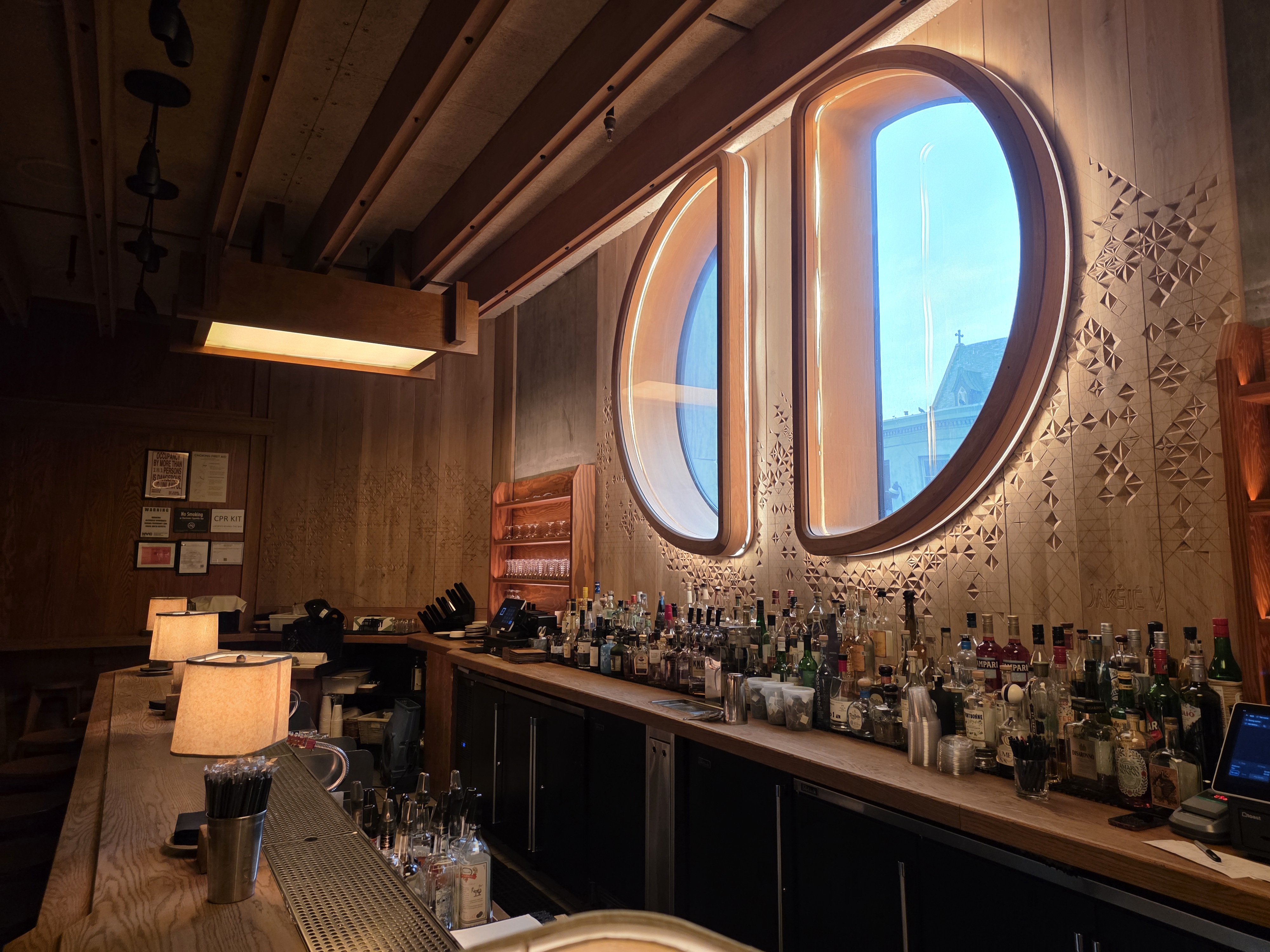
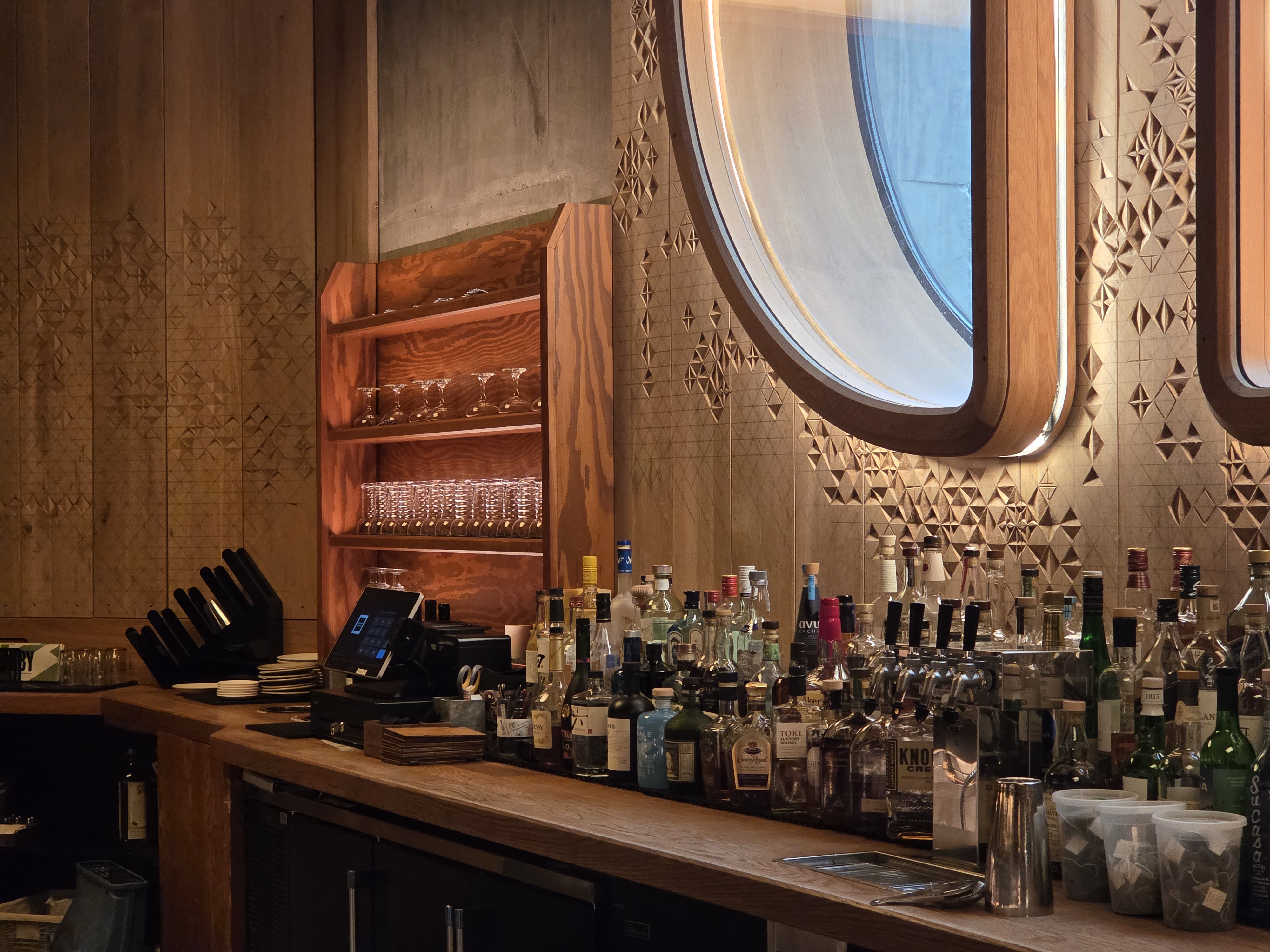

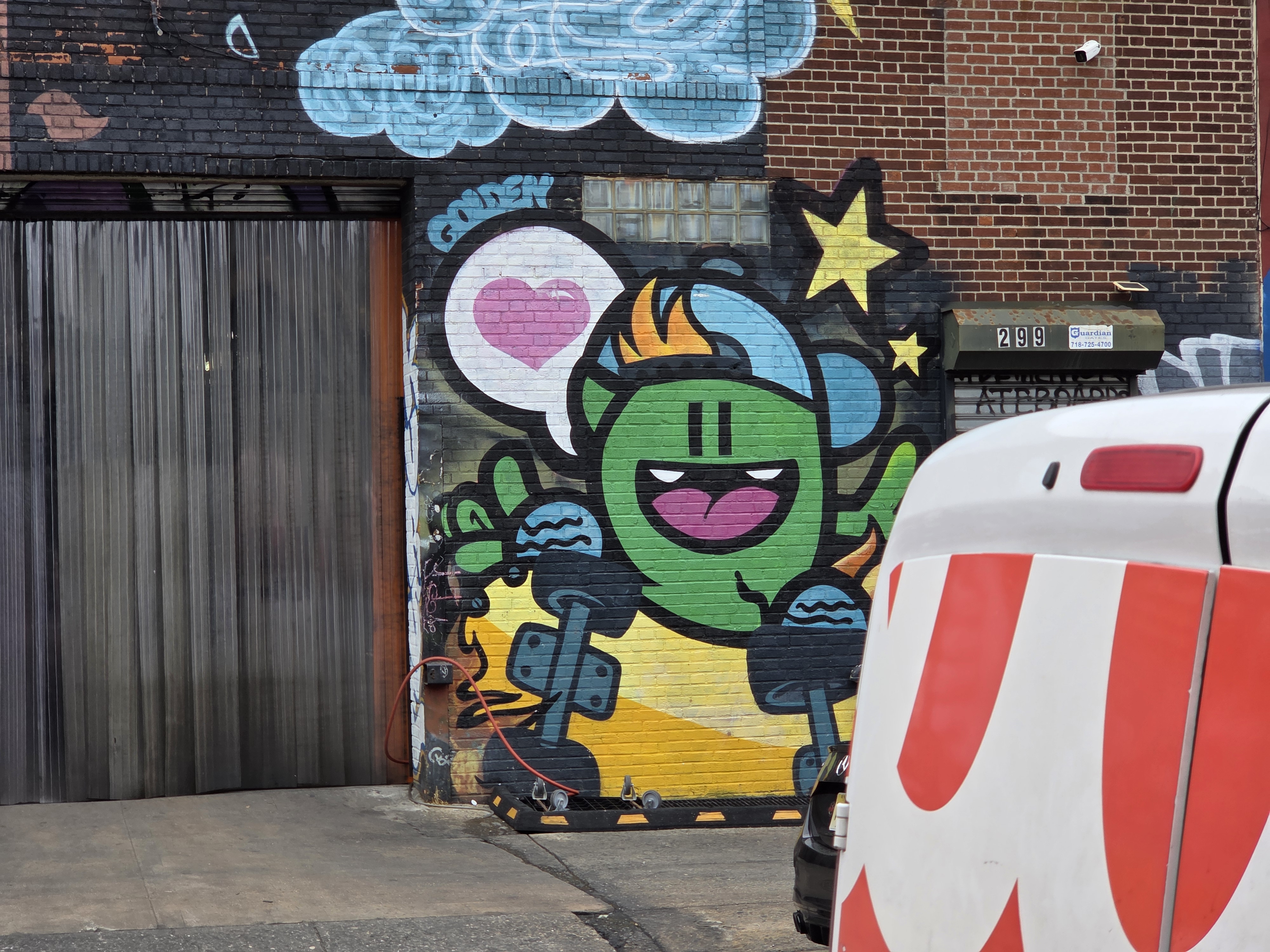
Samsung has upgraded the 12MP (f/2.2) ultra-wide camera, kitting it out with autofocus and macro focus for close-up shots, and there’s a 10MP 3x telephoto camera, the weakest performer on-device. In fact, just like the Galaxy S25, which shares the Z Fold 7’s 3x camera, when lighting isn’t ideal, zoomed-in shots are captured using the 200MP primary camera, not the 10MP telephoto camera.
The Z Fold 7 also has two 10MP punch hole selfie cameras, one in the cover screen and the other in the unfolded display. Eagle eyes will spot that Samsung has ditched the 4MP under-display camera, opting for a wider-angle, higher-resolution sensor, so this should result in a boost to unfolded selfies and video call quality.
I’m not typically a Samsung fan when it comes to photography, with over-sharpening and boosted saturation cheapening shots in certain scenes, but the Z Fold 7 has impressed me, especially with its primary camera. We can cut foldables a bit of slack, after all, there’s less space to squeeze in a flagship camera system, and having used all the current-gen options, the Z Fold 7 has climbed to the top of the pack, even with its weak telephoto. If Samsung includes a periscope camera in the Z Fold 8, it’ll have checked off our final wish list item.
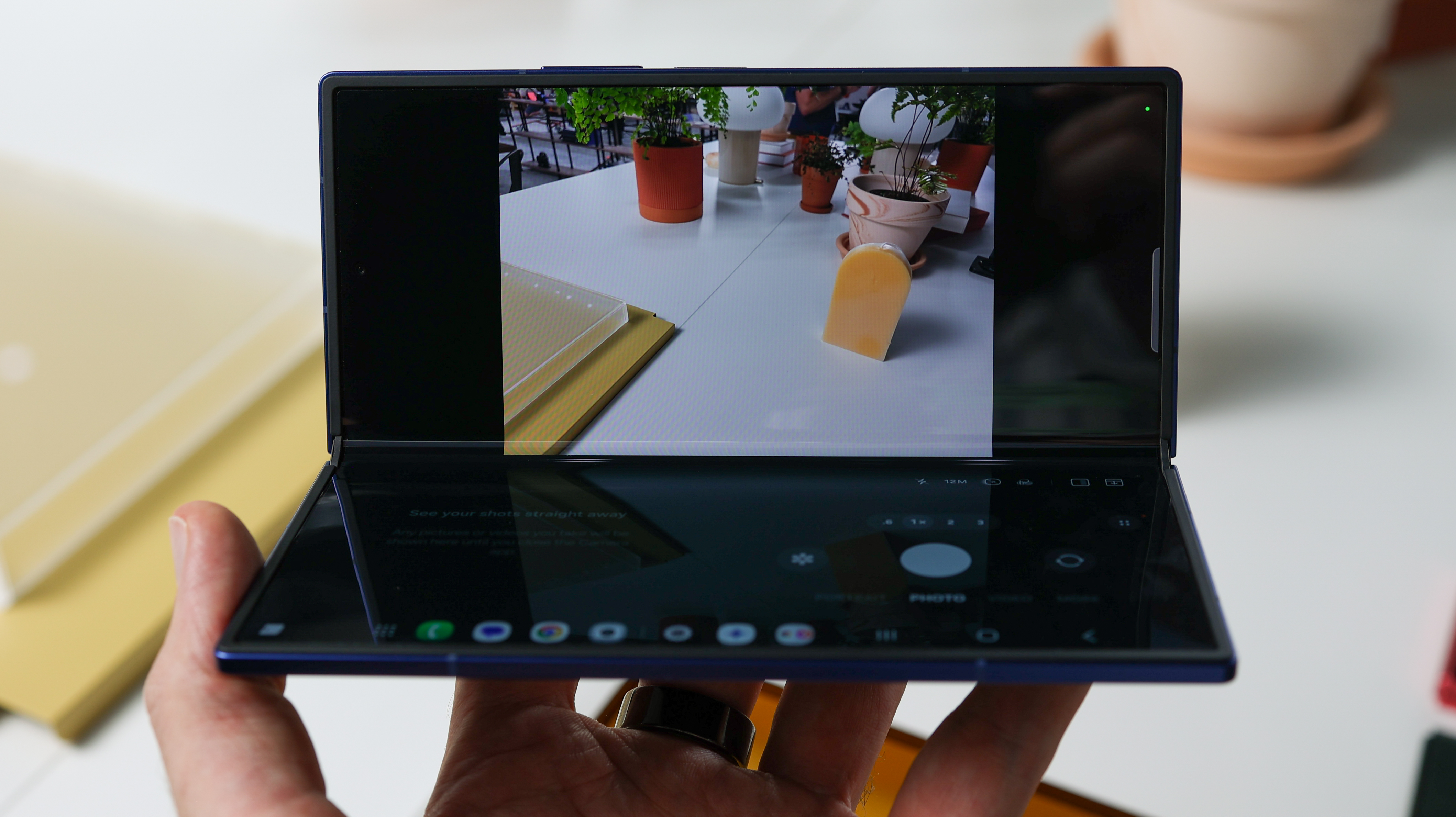
Early impressions
It’s hard to argue with the design and screen upgrades to the Z Fold 7, and it’s refreshing to see Samsung’s return to form after years of iterative foldables. While there isn’t much to talk about when it comes to software updates, the fact that the Z Fold 7 ships with seven years of Android and security updates adds plenty of future proofing to the mix, which is critical when a phone costs this much.
The Qualcomm Snapdragon 8 Elite for Galaxy powering the phone also did a good job in my time with it, gliding through day-to-day tasks, including video editing in Lumafusion without any issues. Gamers should take note: the Z Fold 7 throttles demanding games readily, with Wuthering Waves dropping frames after less than 10 minutes of gaming when set to 60fps at maxed out graphics settings.
As for battery life, the phone’s 4400mAh battery is something I’ll need to test in more detail before posting any conclusive thoughts on it. Samsung claims the Z Fold 7’s battery life is better than that of the Z Fold 6, but it’ll take a couple of weeks using it to test that theory.
So check back for the full Galaxy Z Fold 7 review with more camera samples and a conclusive verdict on Samsung’s svelte foldable flagship, and if you’re more of a flip phone fan, head over to my 48-hour impressions with the impressive new Galaxy Z Flip 7.
Basil Kronfli is a freelance technology journalist, consultant, and content creator. He trained in graphic design and started his career at Canon Europe before moving into journalism. Basil is also experienced in video production, independently running the YouTube channel TechEdit, and during his time at Future, he worked alongside the Digital Camera World team as a senior video producer.
You must confirm your public display name before commenting
Please logout and then login again, you will then be prompted to enter your display name.

